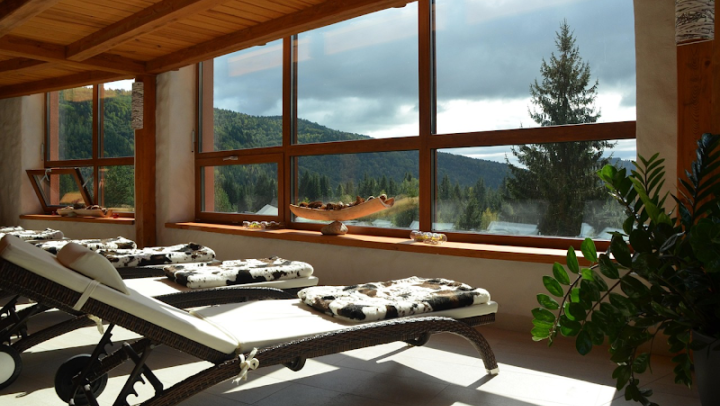As cold weather approaches, preparing your home for the winter months is essential for both comfort and safety. Proactive maintenance can prevent costly damage, lower energy bills, and ensure your home remains a cozy refuge from the cold. Neglecting these tasks can lead to unexpected problems that are difficult and expensive to fix in the middle of a freeze.
By taking a few preventative steps before the first snowfall, you can protect your property and enjoy a worry-free season. Here are ten critical home maintenance tasks you should address to get your home ready for winter.
1. Service Your Heating System
Your furnace or heat pump is the heart of your home’s comfort during winter. Before you rely on it daily, have it professionally inspected and serviced. A technician will clean the unit, check for carbon monoxide leaks, and ensure all components are working efficiently. Replacing the filter is a simple task you can do yourself to improve airflow and air quality.
2. Inspect and Clean Your Chimney
If you have a wood-burning fireplace or stove, a clean chimney is a top priority for safety. Creosote, a flammable byproduct of burning wood, can build up and create a serious fire hazard. Hire a professional chimney sweep to inspect and clean it annually. This helps ensure proper ventilation and reduces the risk of chimney fires.
3. Protect Your Pipes
Frozen and burst pipes are a common and destructive winter problem. To prevent this, disconnect and drain all outdoor hoses and shut off the water supply to exterior faucets. Insulate any exposed pipes in unheated areas like basements, crawl spaces, and attics. Pipe sleeves or heat tape can provide an effective barrier against freezing temperatures.
4. Check Your Water Heater
Your water heater works harder during the winter. Check its temperature setting, which is typically recommended to be around 120°F for safety and efficiency. It is also wise to inspect the unit for any signs of leaks or corrosion. If you notice inconsistent hot water or strange noises, it might be time to call a professional. Addressing a minor issue early can help you avoid needing an emergency water heater repair in Layton when demand is highest.
5. Seal Air Leaks
Drafts around windows and doors can significantly increase your heating costs. Inspect all windows and doors for gaps and apply weatherstripping or caulk to seal them. Check for other air leaks around pipes, vents, and electrical wiring that penetrate exterior walls. Sealing these gaps is a low-cost way to make your home more energy-efficient.
6. Add or Inspect Insulation
Proper insulation is key to keeping your home warm. Check the insulation levels in your attic, as heat rises and escapes through the roof. If the insulation is below the level of your attic floor joists, you may need to add more. Good insulation reduces the workload on your heating system and lowers your energy consumption.
7. Clean Gutters and Downspouts
Gutters filled with leaves and debris can cause ice dams to form. When snow melts and refreezes, the trapped water can back up under your shingles and cause significant roof and water damage. Clean your gutters after the leaves have fallen to ensure water can flow freely away from your home.
8. Test Smoke and Carbon Monoxide Detectors
With windows closed and heating systems running, winter is a peak time for house fires and carbon monoxide poisoning. Test all your smoke and carbon monoxide detectors to ensure they are functioning correctly. Replace the batteries at least once a year, and replace any detectors that are more than ten years old.
9. Prepare for Storms
Winter storms can bring power outages and heavy snowfall. Prepare an emergency kit with essentials like flashlights, batteries, blankets, non-perishable food, and water. Have snow shovels or a snow blower ready for clearing pathways. Trimming any weak tree branches near your home can also prevent them from falling and causing damage during a storm.
10. Reverse Your Ceiling Fans
Many ceiling fans have a reverse switch that changes the blade direction. In the winter, you want the blades to rotate clockwise. This creates an updraft that pushes warm air, which naturally rises, back down into the living space. This simple adjustment helps distribute heat more evenly and can make a room feel warmer.

